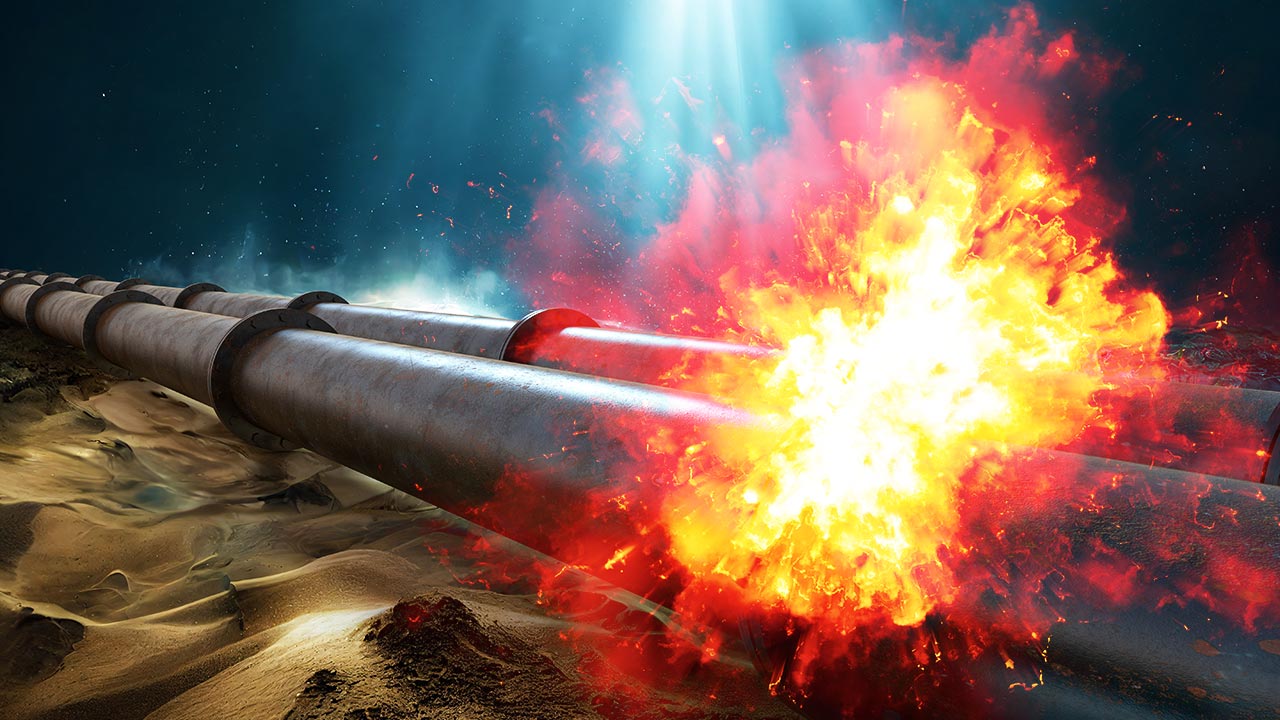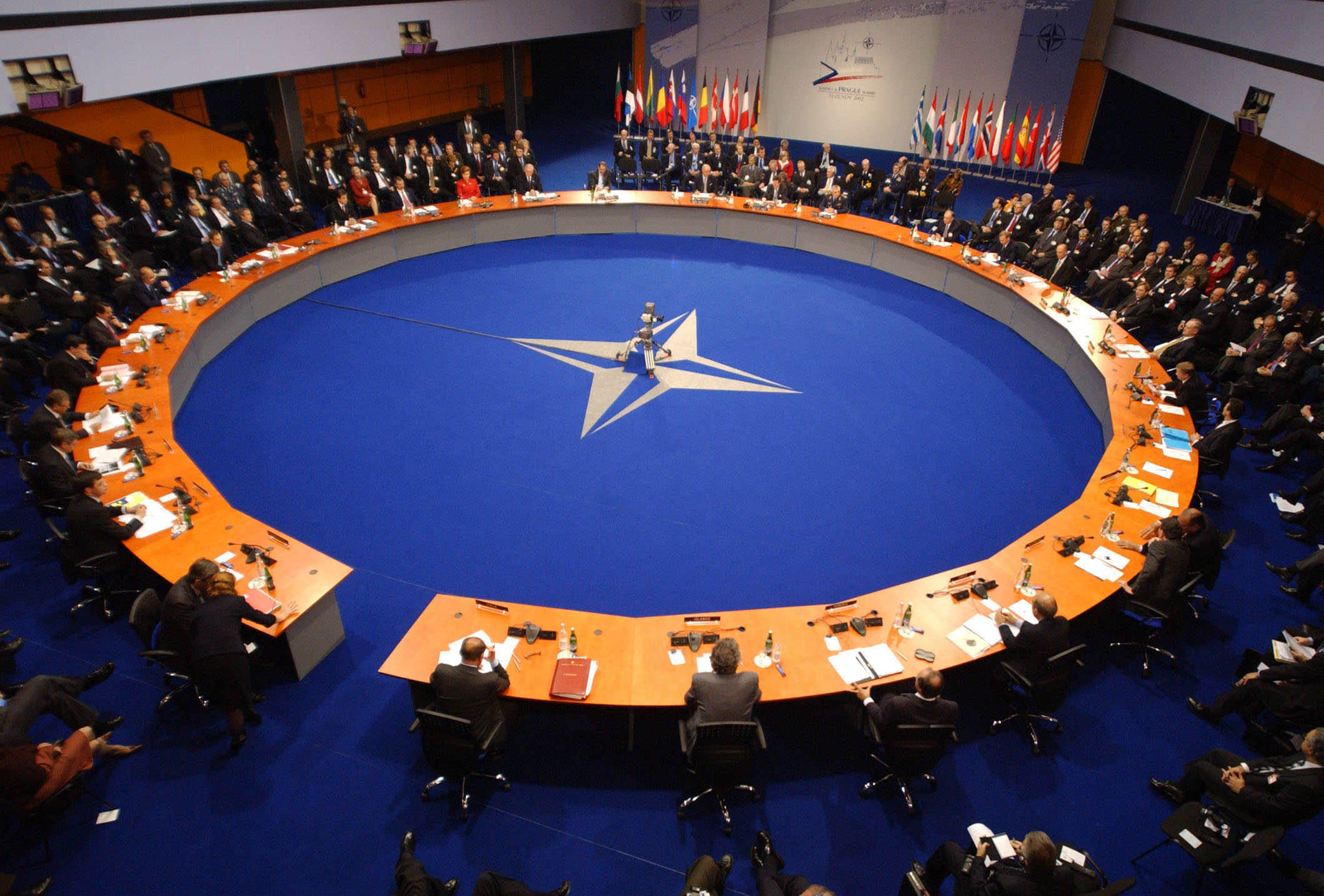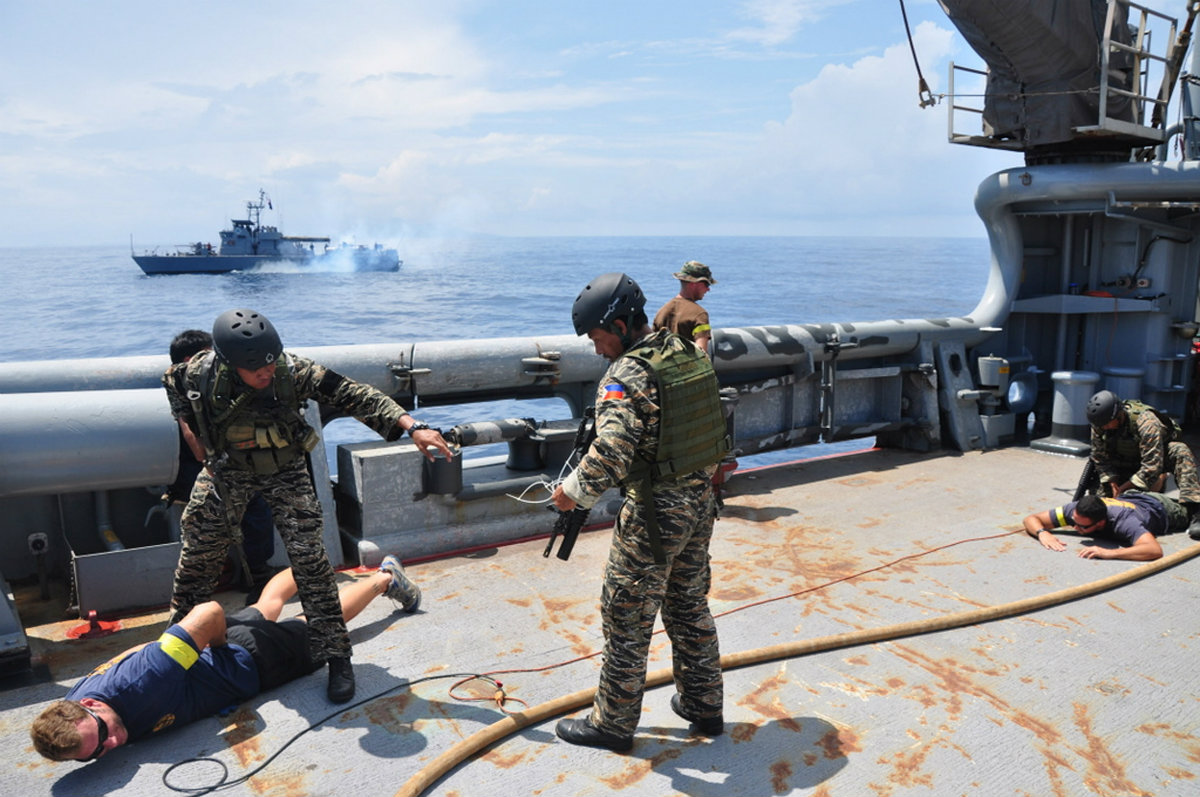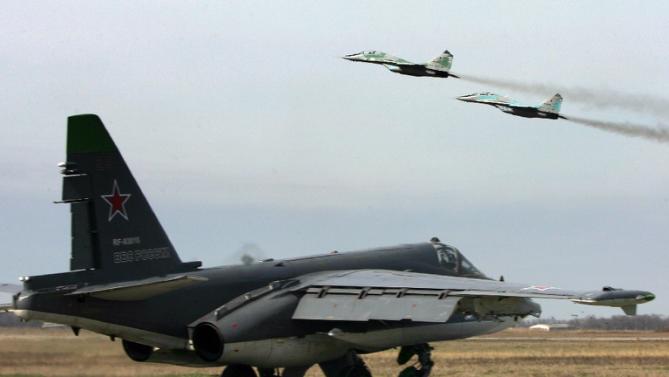Western nations deploy ships to protect underwater infrastructure following Balticconnector pipeline incident
01/08/2024 / By Richard Brown

Finnish and British troops engaged in a routine naval training exercise are shifting their focus to protecting undersea infrastructure, particularly in the Baltic Sea, after an incident involving the Balticconnector pipeline.
The pipeline, which transports gas between Estonia and Finland, was damaged in October, potentially by the trailing anchor of a Chinese-flagged, Russia-bound commercial ship.
While the intention behind the damage is yet to be determined, Western military planners are not waiting for answers. The Joint Expeditionary Force (JEF), comprising 10 countries, has decided to deploy ships, including the U.K.’s Mounts Bay, to protect critical undersea infrastructure in response to the rising threat of hybrid or gray-zone warfare.
This move reflects the increasing vigilance of Western nations in defending against unconventional forms of warfare, such as cyberattacks, disinformation campaigns and infrastructure sabotage, amid the ongoing conflict in Ukraine. (Related: Gasgrid Finland and Elering detect “unusual” leak in Finland-Estonia offshore pipeline in Baltic Sea.)
The Balticconnector incident exposed vulnerabilities in the security of critical undersea infrastructure, prompting a proactive response from the JEF.
The incident, along with previous breaches like the Nord Stream bombing, has raised concerns about the potential impact on Europe’s energy security.
The response from the JEF involves joint efforts by like-minded nations to deter adversaries from disrupting the extensive network of gas pipelines and communications cables in the Baltic Sea. The deployment of ships, including Mounts Bay, emphasizes the collaborative approach needed to protect undersea infrastructure effectively.
The Balticconnector incident, while not conclusively attributed to hybrid warfare, serves as a test scenario, highlighting the technical feasibility of damaging critical underwater infrastructure deliberately.
Experts: Reacting to incidents like that is important
Experts stress the importance of reacting to such incidents, considering them potential tests that demonstrate the technical capabilities of adversaries to inflict damage on critical infrastructure. The threat to gas pipelines is particularly significant for Europe’s energy security, as a substantial portion of German homes relies on gas heating. With the diversification of gas sources by several countries, safeguarding the supply chain remains crucial.
The response also involves international cooperation, with Finnish and Estonian authorities collaborating with their Chinese counterparts to investigate the ship, Newnew Polar Bear, suspected of causing the damage. The incident has prompted discussions about reinforcing undersea infrastructure against potential threats, including the possibility of adding physical protection, such as extra concrete, and enhancing surveillance in international shipping lanes.
The North Atlantic Treaty Organization (NATO) has established the Critical Undersea Infrastructure Coordination Cell to coordinate efforts among various stakeholders, including private companies, national governments, to identify and address threats to undersea infrastructure. The cell aims to leverage data and technology to swiftly identify attackers, sending a strong deterrent signal.
While challenges exist, advancements in sensor technologies such as fiber optic cables capable of sensing objects near infrastructure, are seen as potential game-changers.
The surge in naval deployments by the JEF is part of a broader effort to increase deterrence and protect critical undersea infrastructure.
The Mounts Bay, along with other ships, is poised for deployment in the Baltic Sea, reflecting the readiness of the JEF navies to address the challenges posed by hybrid warfare.
Following swift investigations, the Finnish and Estonian authorities identified a Chinese-flagged merchant vessel, the Newnew Polar Bear, destined for Russia, as a focal point of the inquiry. The vessel’s anchor was found near the damaged pipeline, and subsequent photographs taken in the port of Arkhangelsk, Russia revealed it without an anchor shortly after the incident.
While the investigation has yet to conclusively determine whether the incident was accidental or intentional, northern European states perceive it as a potential instance of hybrid warfare.
Jukka Savolainen, an expert at the European Center of Excellence for Combating Hybrid Threats in Helsinki, considered the incident as a test, demonstrating the technical feasibility of undermining critical underwater infrastructure.
Watch this video about the Balticconnector pipeline getting destroyed.
This video is from the channel The Prisoner on Brighteon.com.
More related stories:
Russian officials: Biden ordered Nord Stream pipeline bombing.
BLAME GAME: USA blames Ukraine’s leaders for Nord Stream pipeline bombing.
Biden admin responsible for blowing up Russia’s Nordstream pipeline, explosive new report reveals.
Sources include:
Submit a correction >>
Tagged Under:
Baltic Sea, Balticconnector pipeline, big government, chaos, conspiracy, energy supply, estonia, finland, fuel supply, Germany, national security, Nord Stream pipeline, panic, politics, power, Russia, sabotage, self-defense, United Kingdom
This article may contain statements that reflect the opinion of the author
RECENT NEWS & ARTICLES
COPYRIGHT © 2018 SELFDEFENSE.NEWS
All content posted on this site is protected under Free Speech. SelfDefense.news is not responsible for content written by contributing authors. The information on this site is provided for educational and entertainment purposes only. It is not intended as a substitute for professional advice of any kind. SelfDefense.news assumes no responsibility for the use or misuse of this material. All trademarks, registered trademarks and service marks mentioned on this site are the property of their respective owners.



















